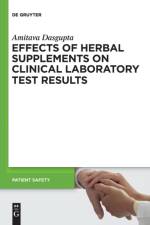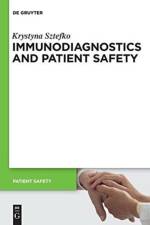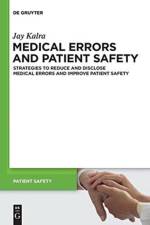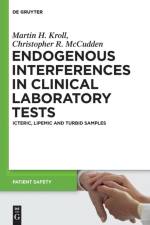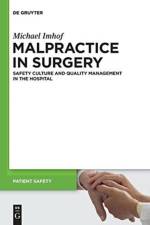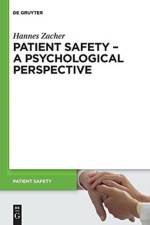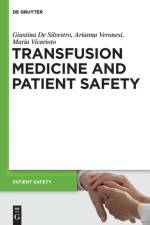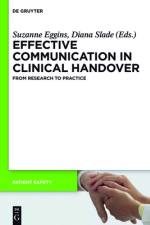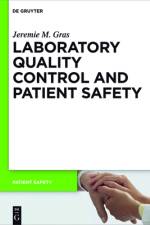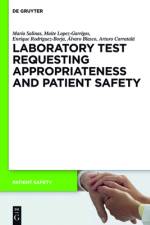av Krystyna Sztefko
527
Today most of immunochemistry methods for the determination of proteins, peptides, drugs, and many small molecules are fully automated, with good precision, excellent sensitivity and short reaction time. However, inaccuracy due to poor standardization and the presence of interfering substances in biological samples is still a serious and life-threatening issue. Proper validation of methods and quality assurance have little effect on frequency of occurrence of false positive or false negative results, which, if unrecognized, may lead to patient's misdiagnosis, unnecessary treatment or even unnecessary surgery. Deep knowledge of basic principles of immunochemical methods (antigen-antibody reaction, standardization, matrix effect, limit of detection, cross-reactivity, etc.), sources of analyte-independent interferences (preanalitycal errors, the presence of binding proteins, the presence of autoantibodies) and analyte-dependent interferences (presence of heterophilic antibodies, high-dose effect) are very important to understand, detect, reduce and/or eliminate the interferences. This book helps to reduce false results and, at the same time, improve patient's care and patient's safety.

